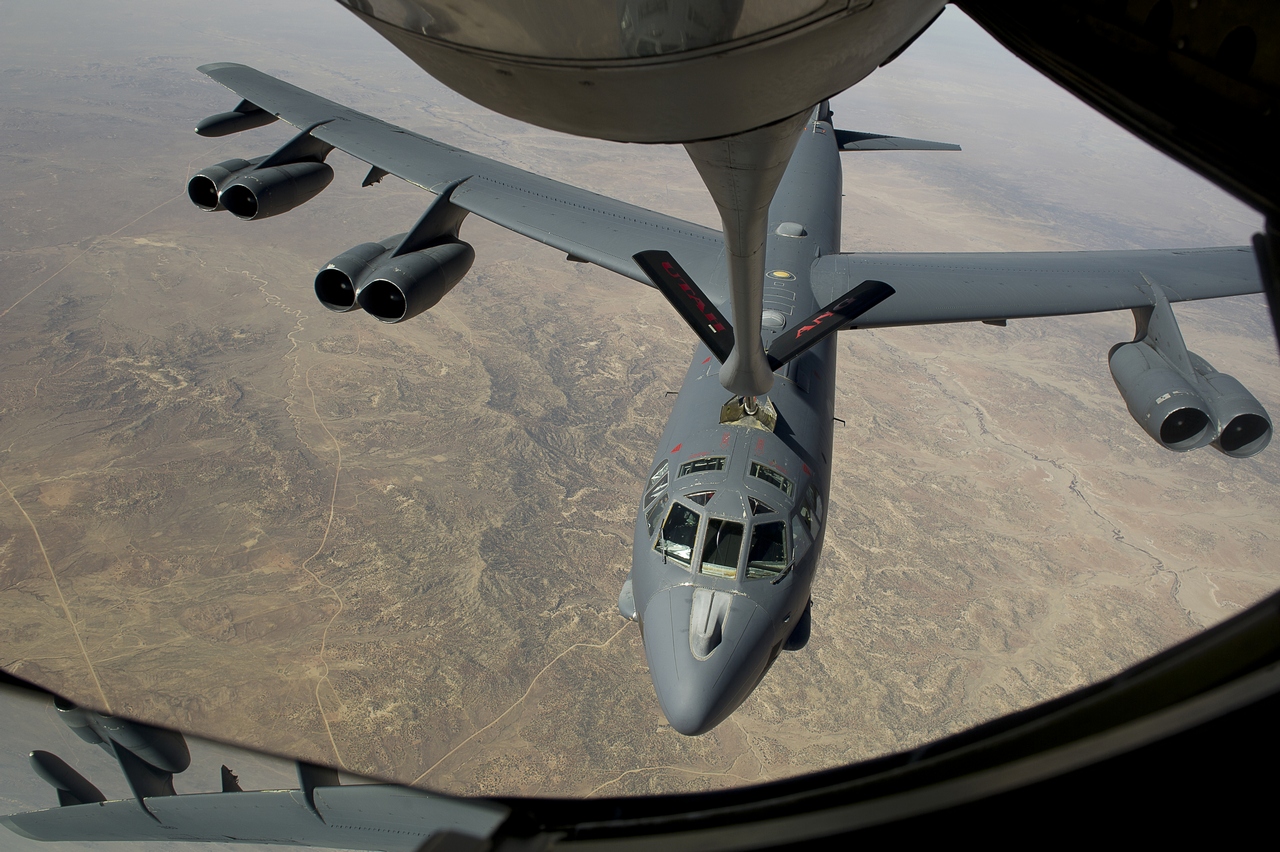Although North Korea’s most recent attempts to project an image of strength to the rest of the world have failed, the U.S. military is undoubtedly focusing on the Korean peninsula.
Even if the news that U.S. Special Forces have already parachuted into North Korea to perform surveillance operations on Pyongyang activities, reportedly (accidentally?) disclosed by Army Brig. Gen. Neil Tolley, commander of U.S. Special Operations Forces in South Korea, was (awkwardly) denied by U.S. Forces Korea, an official PACAF press release leaves no room for interpretations.
According to the news release, two B-52 Bombers from Anderson Air Force Base, Guam, took part in exercise Max Thunder 12-1 at Gwangji Air Base, Republic of Korea, on May 17, 2012.
The mighty bombers have already been involved in joint drills in the region, as happened in 2010, when they took part to Keen Sword in Japan. However, this is the first time the B-52s attend the largest Air Combat Command exercise in Korea.
Here’s an excerpt of the most interesting parts of the press release:
“This is the first time B-52’s flew in MT 12-1. It has tradition as a fighter aircraft exercise since 2008.”
“Bringing the B-52 to Max Thunder is really great training for everyone,” said Capt. Seth Spidahl, Anderson Air Base B-52 pilot and liaison at Max Thunder. “A lot of the time we don’t get to integrate with other fighter aircraft.
MT 12-1 is the largest Air Combat Command exercise in Korea conducted twice a year.
[…]
The decision to integrate B-52s into MT 12-1 was decided just hours before their executed mission, Spidahl said.
“Normally we don’t plan from the exercise location but, since we don’t normally play in Max Thunder, it seemed appropriate,” he said.
During the exercise, the B-52s were tasked to bring approximately 40 percent of the weaponry to the fight and were instructed to hit roughly 85 percent of the planned targets for the mission.
“It’s important to display our capabilities and show what we bring to the fight,” he said. “During a time of actual war B-52s would support the fight. So it’s important to exercise those capabilities now.”
[…]
“B-52s brought a different spin to Max Thunder,” said Col. Patrick Matthews, Max Thunder deployed commander.
[…]
The combined joint two-week exercise allowed the U. S. Air Force to work alongside the ROK Air Force through exercise scenarios simulating combined operations against a hostile force.
Therefore, after an “Elephant Walk” with sixty USAF and ROKAF F-16s at Kunsan Air Force Base (and a long-range exercise involving B-1 bombers and troubled F-22 Raptors featuring the Block 3.1 upgrade to validate new strike tactics), the U.S. have once again decided to rely on the B-52, their most famous, combat proven and effective bomber, to impress Pyongyang. And maybe Beijing too.
Image credit: U.S. Air Force
Related Articles
- Photo: The most famous U.S. nuclear bomber generates (peace sign) rainbow condensation cloud (theaviationist.com)
- B-1s and F-22s involved in a long range strike exercise. Getting ready for North Korea or Iran? (theaviationist.com)
- B-52 Bomber Seat Found Could Be From 1963 Wreck (inquisitr.com)
- Sixty F-16s taxiing at Kunsan air base in one of the greatest show of force ever: that’s a record-breaking Elephant Walk! (theaviationist.com)












